I’ve been contemplating what to add to my patio this summer, apart from my wife’s flowers. When I looked at the prices of manufactured patio furniture, the cost added up rather quickly. So I figured, why don’t I just build it myself? I turned on my computer and started planning. I decided that a pair of benches would be an excellent place to start. Next came the complicated part. I had to find out which is the best wood for outdoor furniture so my benches would stand the test of time. I thought it would be a great idea to share my findings with you.
In short, I suggest using these woods for your outdoor furniture project:
- Cypress
- Cedar
- White Oak
- Ipe
- Mahogany
- Teak
- Acacia
- Redwood
- Shorea
- Eucalyptus
- Black Locust
Read on to find out why!
Why Use Wood for Furniture in the First Place?
Aesthetics
One of the initial things to consider with wood is the look. Whether we’re talking about a classic red cedar or a light fir, wood is timeless. Humans have been using wood for centuries to build everything from bridges to baby cradles. We all use it around the world.
Wood is also a remarkably diverse building material. It starts with the sheer variety of colors and textures available. We can also add finishes to our projects, which do double duty. Not only do they help our projects stand up to time, but they’ll also turn them any shade of the rainbow.
Eco-Friendliness
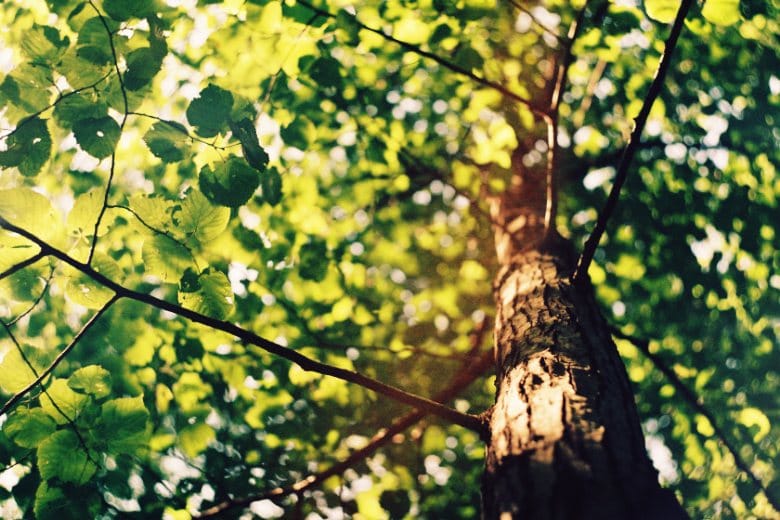
Wood isn’t the first product most people think of as eco-friendly. However, it really is. Throughout their lifetime, trees absorb a lot of carbon dioxide. When we turn them into furniture, we’re continuing that storage. As a bonus, wood requires relatively little energy versus other building products to process.
With proper management, wood is also a renewable resource. Proper forest management means replanting, which in turn leads to more trees down the line. In fact, contrary to what many people think, the U.S. has actually been gaining more forest land over the past two decades.
Locality
Locally harvested wood is a beautiful way to add value to your projects. Local woods are often suitable for the outdoors with minimal treatment. They also tend to look good and come cheaper than woods trucked across the country or overseas.
When we consider using non-local woods, we must pay for transport. We also need to consider the carbon cost of that transport, which adds up. Local wood has neither of those downfalls.
Durability
Wood is a very tough material overall. In most cases, it stands up to years of wear and tear with only minimal maintenance. In many cases, our projects may even find their way into our children’s and even grandchildren’s homes. They’re that durable.
Things to Consider When Choosing Wood for Outdoor Projects
Resistance to Rot and Insects

If I’m going to be keeping something outside, like my new benches, you can bet I’m going to investigate woods that stand up to rot. Different tree species have varying levels of natural susceptibility to rot and ratings on how effective rot treatment is. Regardless of which species I choose for my furniture, though, I need to plan to keep it from absorbing water year after year.
Insects are another concern for every woodworker. Treated woods may kill insects, but not before they can do damage. In my case, I want a denser wood that’s harder for the insects to bite through. I also want something that doesn’t disintegrate when it gets wet since that makes it easy for termites to process. I want my projects to be beautiful ten years from now, not missing a leg.
Your Local Climate
Whether you’re like me and live in a wet environment or you’re blessed with a dry one, you need to figure out what kind of lumber you can actually use. Places that receive a lot of rain (or snow) fall mean that the wood has a higher number of opportunities to absorb water. They require a more durable product to start with.
Where Will You Place It?
If you’re like me, you’ve considered a lot of different pieces of furniture in your outdoor spaces. However, it’s essential to be realistic. Too much or too little can impede functionality in the area. Deciding what and where speeds up the process immensely.
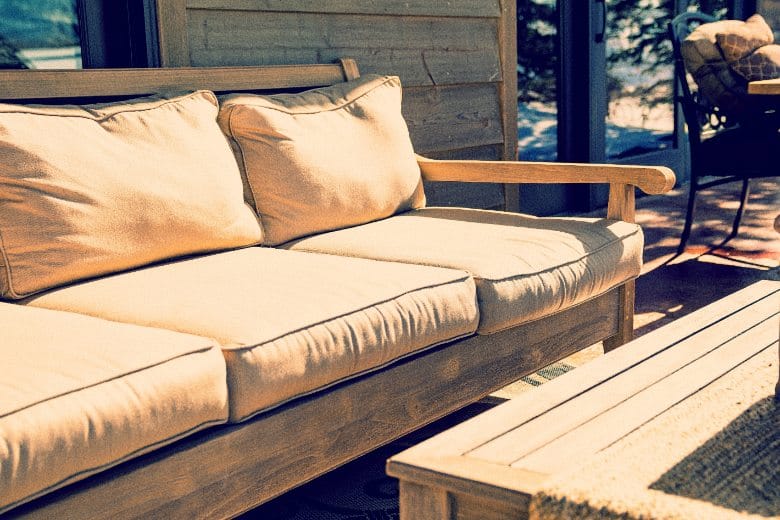
Before constructing each piece, consider where it’s going to sit during yard season. Different species, for example, do better on the concrete patio pad than they would out in the grass. Others might hold up better if they’re kept under a cabana than exposed to sunlight nonstop. This consideration can extend the life of your outdoor furniture.
Storage Space
While we may wish yard season was all year long, in reality, it isn’t. Often, the life of our outdoor furniture can be extended if we store it out of the harsh winter elements. For each piece you build, consider where you have space to store it. This can be a garage, covered patio, or even a shed. Some people also bring their outdoor furniture indoors during the colder months.
Types of Materials for Outdoor Projects
Untreated Lumber
Entirely untreated lumber, exempting a few species, is challenging to keep outdoors. The exposure simply deteriorates the integrity of the wood and leaves it susceptible to both insects and rot. However, some folks believe treatment processes for wood are unhealthy and would rather spend time maintaining untreated furniture.
Treated Lumber
I prefer a natural look to my lumber, but I don’t want to lose the natural appearance of my wood. This leads me to treat lumber. Pressure-treating lumber for outdoor use involves placing the lengths in a vacuum chamber to enhance the permeation of rot and insect resistance compounds. This kind of lumber lasts outside, but it does take more than my grandfather’s hand tools to handle it easily.
Wood-Plastic Composites
Wood-plastic composite (WPCs) is a great material. Manufacturers take pulp and sawdust that would otherwise be thrown out and combine them with various plastic composites. The finished solution is then molded into the desired shape, including curves.
Because of the composition, WPCs typically require smaller fasteners and can carry heavier loads. Their composition also makes them highly resistant to rot and insects. However, since they don’t feel like what I learned with my grandfather, they’re not my favorite.
Fasteners
Fasteners may seem like a little piece of irrelevant hardware, but they can really affect the longevity of your outdoor furniture. All equipment that’s going to be exposed to the elements of nature has to either be made out of stainless steel or have an exceptional rust-proof coating. Additionally, you’ll have to research materials that don’t react to treated lumber. If your hardware rusts or reacts, your furniture will start to fall apart.
The Best Woods for Outdoor Furniture
Now, let’s actually take a look at 11 different types of wood that will keep your furniture in great shape for the years to come.
1. Cypress
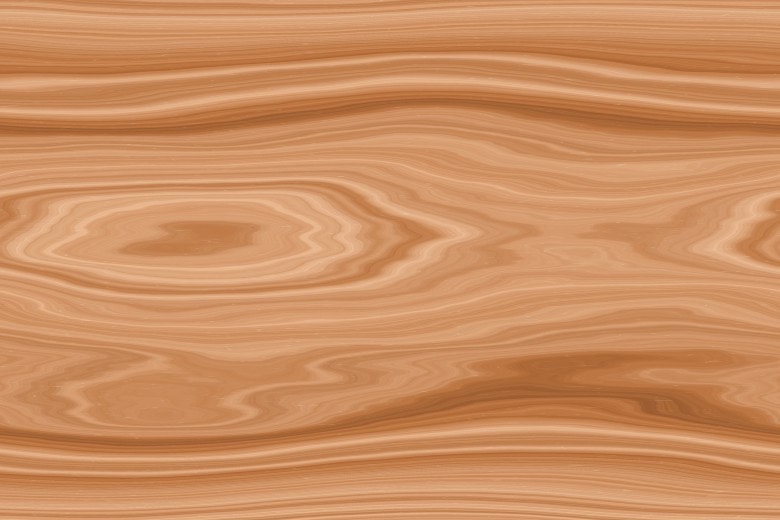
Cypress is a conventional wet climate wood on account of the fact that it releases a natural water repellent. However, it doesn’t do well when in contact with the ground. Still, this does not stop it from being an excellent building material for patio furniture.
2. Cedar
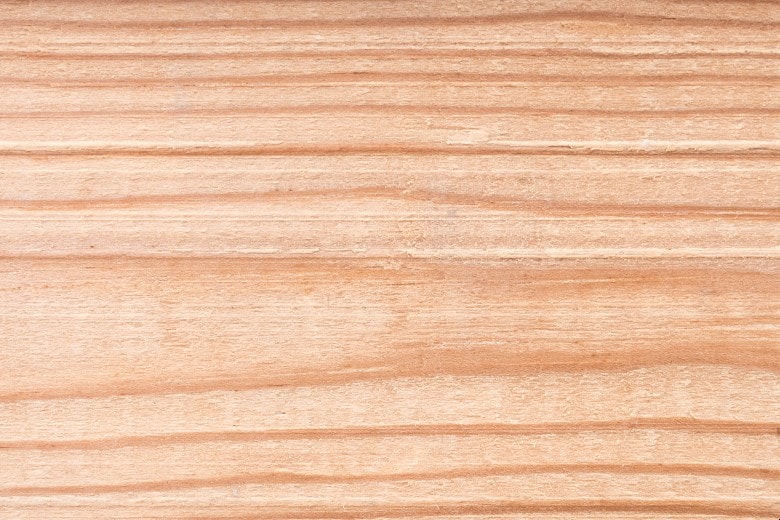
Cedar is a lightweight, rot-resistant wood. It’s a durable wood that tends not to crack on account of its moisture retention. What I love about Cedar is that it requires minimal maintenance and ages to a lovely silver shade if left to its own devices.
3. White Oak
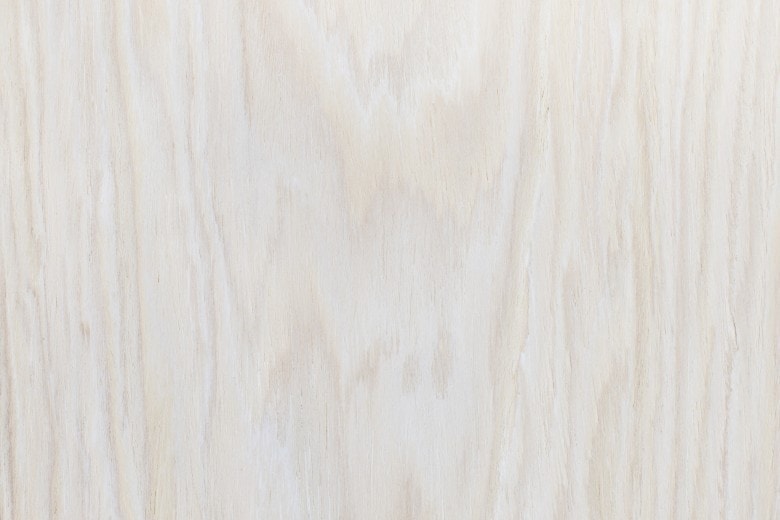
White oak is a fantastic option for those of you who live in wet climates. Historically, this low pore wood even made up ships. It takes penetrating oils well and, in turn, keeps going for years. White oak is quite different structurally from red oak, so make sure to confirm species when buying.
4. Ipe
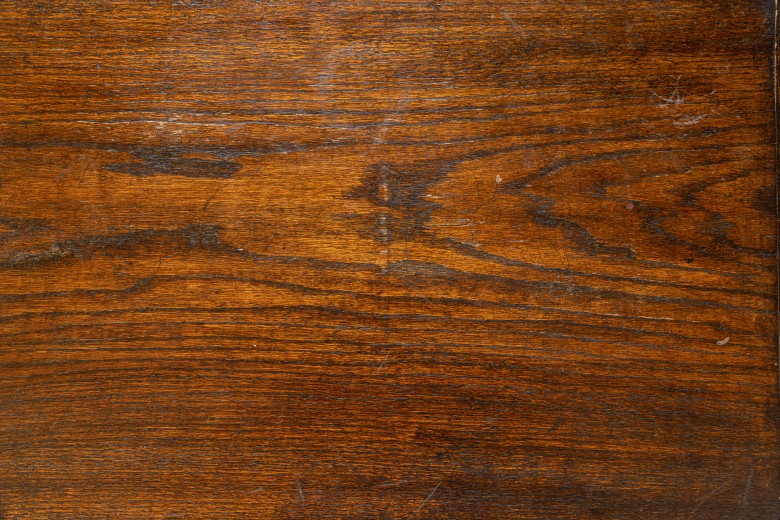
Ipe is a newer dense possibility that is imported from South America. It’s so dense that it barely floats, showing its water resistance. Also called Brazilian ironwood, it’s comparable to teak in durability, but it’s cheaper. It can last decades untreated and longer if it is.
5. Mahogany
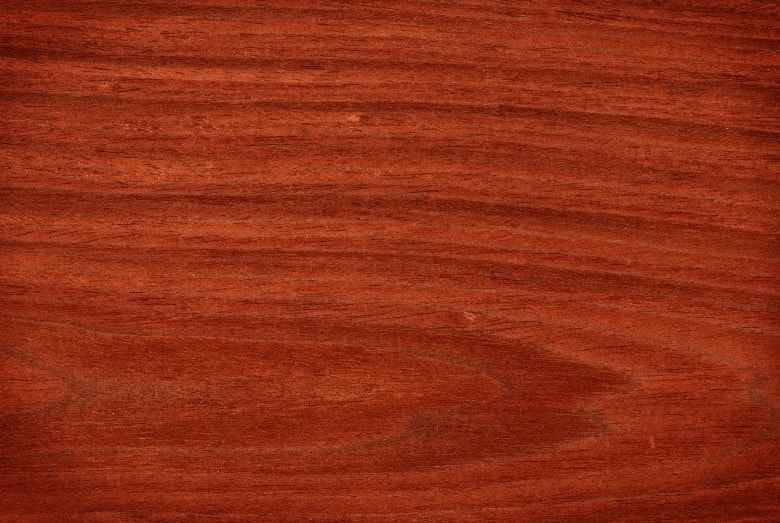
Mahogany is a historically valuable wood. The wood comes in a vast range of colors and stands up well to the challenges of being outdoors. However, its maintenance requires regular attention to keep its proper color.
6. Teak
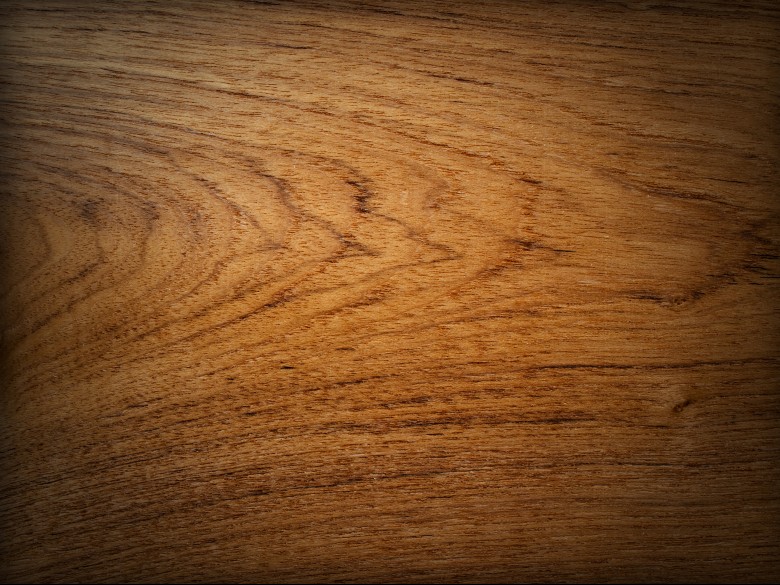
Teak is regarded as one of the most valuable woods in the world. It’s grown in southeast Asia and must be shipped out. It’s essential to make sure you’re buying cultivated wood since all other forms are logged illegally. Teak is the preferred wood for outdoor furniture on the beach on account of its ability to withstand all types of weather conditions.
7. Acacia
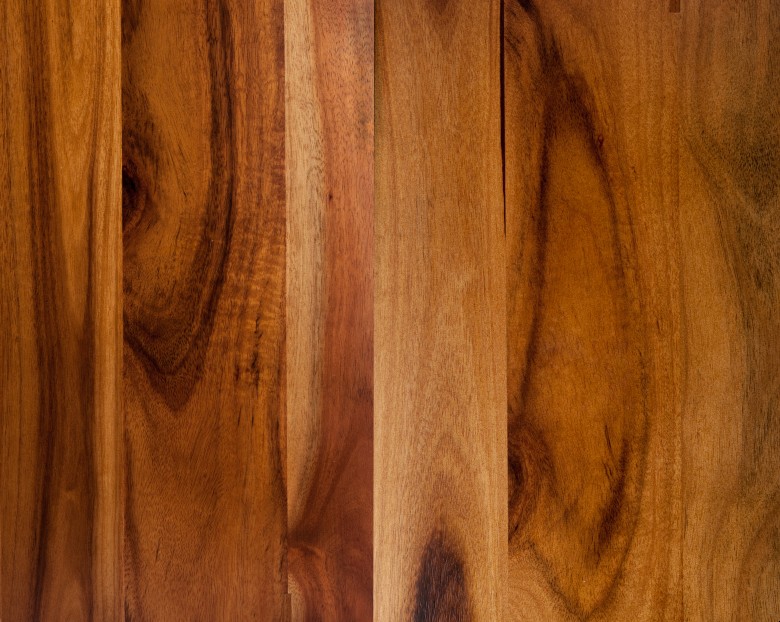
Acacia is an excellent, sustainable wood. In many parts of the world, it grows so well it’s considered an invasive species. It’s a dense wood often used in boat building. If sealed correctly, it will hold up for years. It does best when it’s not in direct contact with the ground, though.
8. Redwood
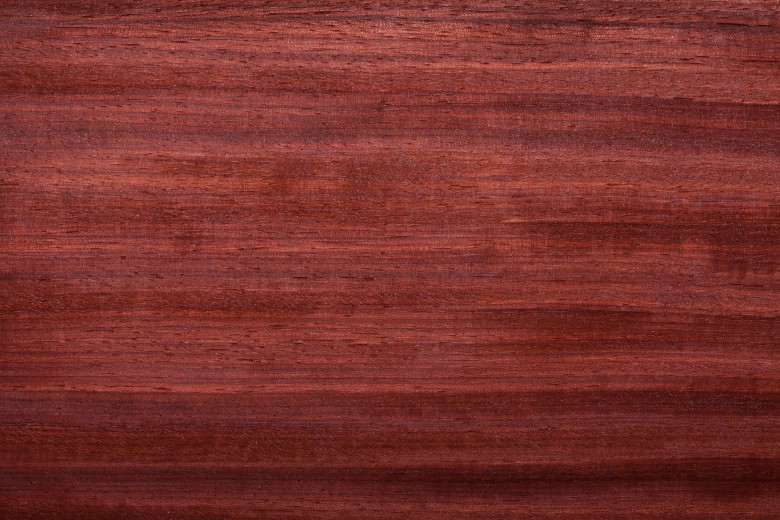
Redwood is making a reemergence in outdoor furniture building after it was over-logged. Since it takes a while to grow, quality redwood is expensive. However, its natural color is unbeatable, and it has exceptional climate durability.
9. Shorea

Shorea wood has a similar density to teak and is also grown in Southeast Asia. Shorea is more readily available than teak, which makes it less expensive. It needs regular oiling but has a long life outdoors. It also weathers well with age.
10. Eucalyptus
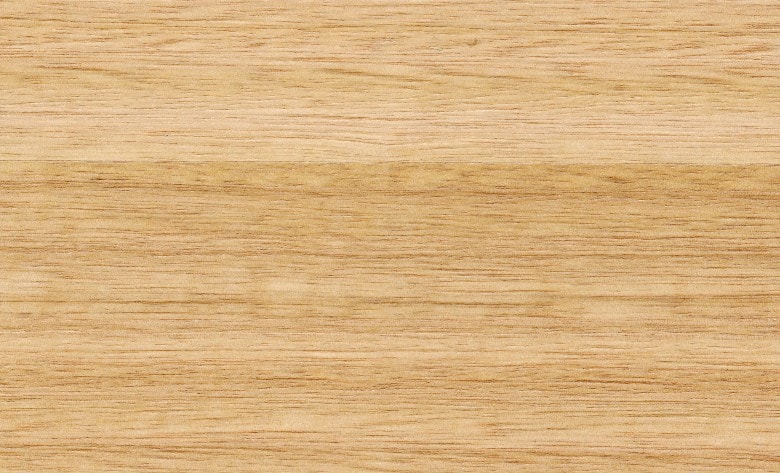
Eucalyptus is an excellent choice for those who need an economical option. It has natural oils for insects and rot and is moisture-repelling like teak, but it’s more plentiful. It will still look good for decades, and it won’t break the bank.
11. Black Locust
Black locust is a fast-growing hardwood native to North America. It’s naturally very resilient against the elements, and in the 1800s, it was the wood of choice for outdoor work. However, black locusts are hard to work since the grain can be strange.
How to Protect Your Outdoor Wood Furniture
Finishing
Regardless of how well you put together your outdoor furniture, if you don’t finish it well, it’s not going to last. My first step in completing my patio benches was to sand it all smooth.
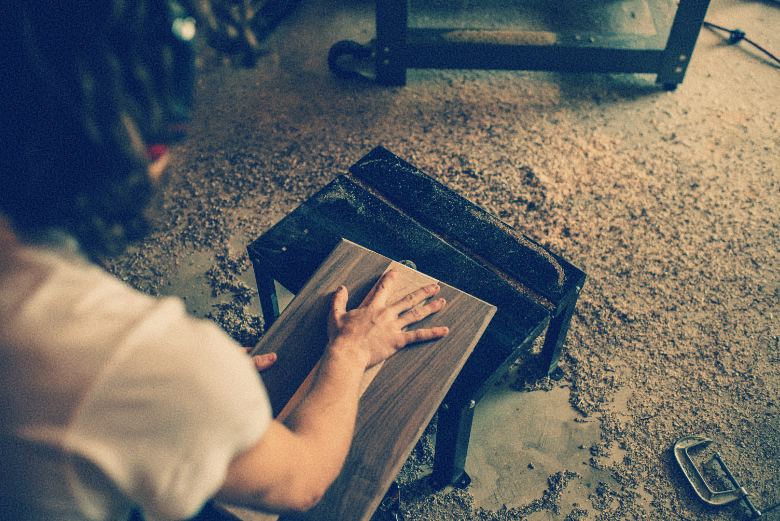
I wouldn’t want my finish to flake off on account of unevenness. You want to be extra diligent with sanding. Otherwise, any imperfections on the wood will get exacerbated after you apply a finish. Consider these best sanders for furniture refinishing if you need to sand large surface areas. A good random orbital sander is probably the best tool for the job.
Then, it’s time to apply the finish. I like my wood natural, so I use exterior spar varnish. Primer and paint are also options if you want to turn your project a distinct color. The bottom line is that the project needs protection, including UV blockers, or it will fade by the end of the summer. Staining the wood can help you restore the former beauty of an old piece of furniture.
Seal Everything
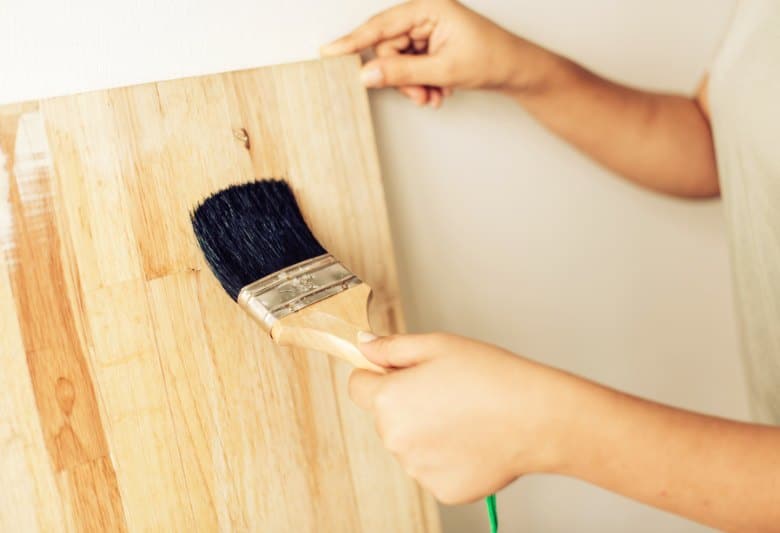
Now, many folks think if they do a beautiful furniture paint job, it will be all right. That’s simply not the case. Whether using spar varnish or paint, it’s vital we cover every single speck of the furniture. If we don’t, moisture leaks in, and our chances of rot increase.
Reapplication
The wind, rain, and snow take a toll on our outdoor furniture and its seal. After a year, the chances the seal becomes compromised are high. After two years, it’s almost certain even with the best sealers money can buy. Therefore, when we build outdoor furniture, we’re committing to doing some routine maintenance to sand and reseal each year.
Storage
We’ve talked about storing furniture over winter, but the late summer showers bring moisture, too. I see it as having two choices: either accept the wear or shelter the furniture. Sheltering the furniture can be as simple as pulling it under your porch. It can also mean creating covers for the furniture when it’s not in use, particularly in wet climates.
The bottom line is that the better your furniture is protected from the elements, the longer it will last, and the more you can enjoy your outdoor space.
Summary
Wood furniture is a stunning addition to any outdoor space. A little knowledge of the best wood for outdoor furniture is all you need to make your own stunning additions, just like my sitting benches. A little work, a little wood, and out into the great outdoors we go.
Did you make your own outdoor furniture? Leave us a comment below!

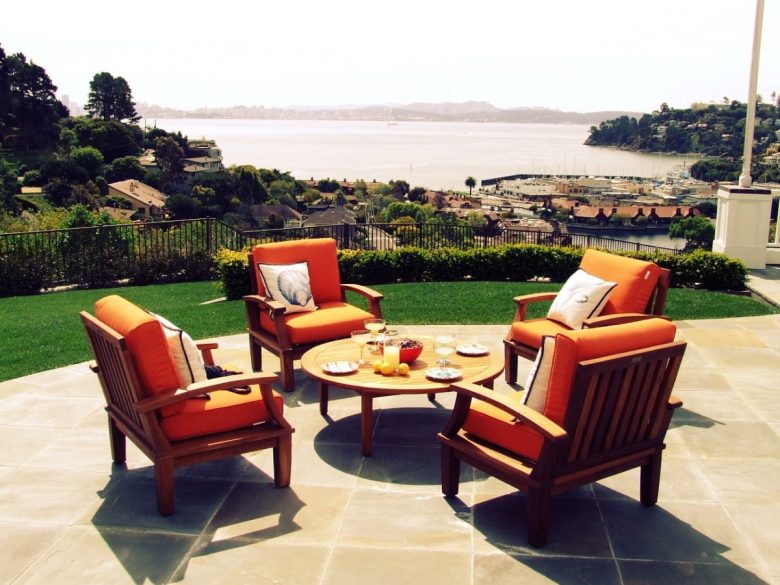
22 thoughts on “What Are The Best Woods for Outdoor Furniture?”
Hey Arthur,
This is very helpful information for me to choose the perfect and best wood for my outdoor furniture. Also, protection tips will help me in the future. Thank you for sharing the great information.
Thanks for your kind feedback, Karan. Glad it helped. 🙂
I see a lot of similar articles recommending Acacia for outdoor furniture claiming that it is widely available and relatively affordable, but I can’t seem to find anywhere to buy it. Are there other common names for it or is it not widely available in the U.S.?
Hi John,
You may have better luck searching for Black Locust, which is also known as Robinia Pseudoacacia (False Acacia). Black Locust is very similar to Acacia in terms of appearance and durability.
Hi Arthur,
Is there a difference between Spanish cedar and the red or white cedar? We’re looking at building an outdoor privacy screen. Also is Spanish cedar more expensive than red wood? Thanks!
Hey Jennifer,
All of them are similar in terms of resistance to decay and insect infestation, so all of them will work great for an outdoor project. Red and white cedars are abundant in the US. Most of the Spanish cedar in the US is imported from Central and South America or African plantations, which makes it more expensive.
Thanks for these comments. But which of these wood species can be painted solid white? I’m making a porch glider exposed to the elements and my wife says it must be white, not stained a natural color.
Hey John,
Thanks for your question.
For painted furniture, choose cheaper woods like poplar or maple. In your case, I’d choose maple since it is harder and can hold more weight.
Hope this helps!
Hi Arthur, thanks for the great article.
I’m still unclear, and could use you’re input, which wood is best for my specific application.
I need to replace old boards on a bench: my preference is “no maintenance” and leave outside all year (I live in VT).
The bench is 6′ long with a metal frame; 4 boards for seat are only supported at the ends where they bolt to frame. Boards are about 4″ wide. My concerns are especially; wood rigid enough to not sag on an almost 6′ span, and durability for year-round weather exposure.
Your suggestions? Thanks so much!
Great article!
Hey Oven, thanks for stopping by!
Awesome tips, thanks
If you only prefer to use the area on your own, it is
possible to just get a single comfortable lounger.
As the furniture pieces are hand-made, they are a symbol
of elegance and durability. You should always choose wooden furniture
that’s completely waterproof.
I love reading your site.
Thanks for the article, and for the helpful list of options to choose from. Like Jane, I am wondering about the strength of each of these woods. I’m restoring a 4-foot wide bench that has no center support, so I need to pick a wood that will be strong enough to not sag in the middle. I’d definitely appreciate your thoughts on whether all of these woods would be suitable, and especially if any would not. Thanks!
Hey Martin,
Thank you for your question.
All of these woods should be strong enough for a 4-foot bench.
Thank you for all your advice, I much appreciate it and as a beginner I need all the help I can find, Thank you
Thanks for stopping by, Johnny. Glad it helped!
Hi- I need to restain a small part of our house. It is cedar and the first coat is not holding-up. The finish coat now looks trouble. Can I sand off the present stain and reapply.
Lyle Crider
Hi Lyle,
Thanks for your question.
Sure, you can sand off the existing stain and apply a new layer of stain. Start by cleaning the entire surface with a damp cloth. Once clean, wipe the surface with a dry cloth. Use a power sander with 220-grit sandpaper to remove the old stain. Make sure to thoroughly wipe the wood with a clean cloth to remove all sawdust. Then, go ahead and re-apply the stain. I have a guide that explains how to stain wood for beginners so make sure to check it out:
https://woodsmithspirit.com/how-to-stain-wood/
Artur
Hi Arthur –
I am embarking on a project to build outdoor conversation set (sofa, loveseat, chair(s)).
Would you be able to recommend where I can order teak wood for such project?
Also would you be able to recommend site to download / purchase DIY plans for such project?
Thank you in advance,
Igor
Hi Igor,
Thank you for your question.
Props to you for choosing teak for this project. Teak is exceptionally durable, albeit very expensive.
Availability of teak can vary drastically based on your location. I would start by reaching out to your local lumberyards. Google will be your best friend here. If you are in the US and budget is no issue, try checking what your local Rockler store has on offer. Rockler stores usually have a good selection of exotic hardwoods. The same goes for Woodcraft, but they don’t have that many stores across the US.
Hope this helps and good luck with your project! Keep us updated on your progress.
Arthur